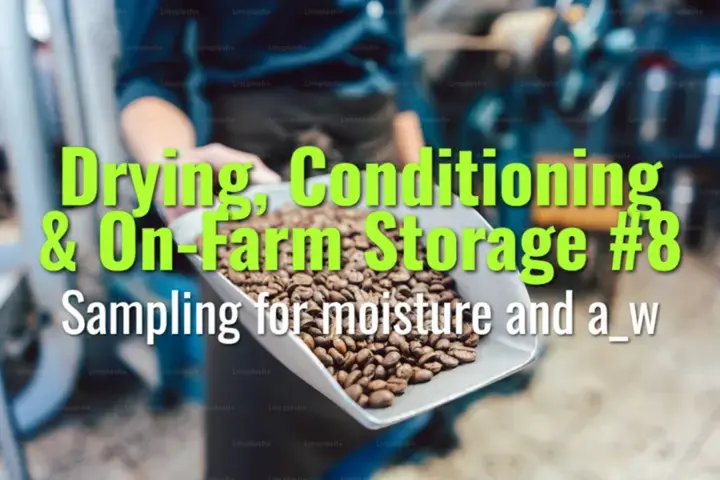
Sampling for moisture and a-w
This topic explains how to properly sample coffee for measuring moisture content and water activity (a-w), why representative sampling is critical, and how these tests ensure stability and quality.

This topic explains how to properly sample coffee for measuring moisture content and water activity (a-w), why representative sampling is critical, and how these tests ensure stability and quality.
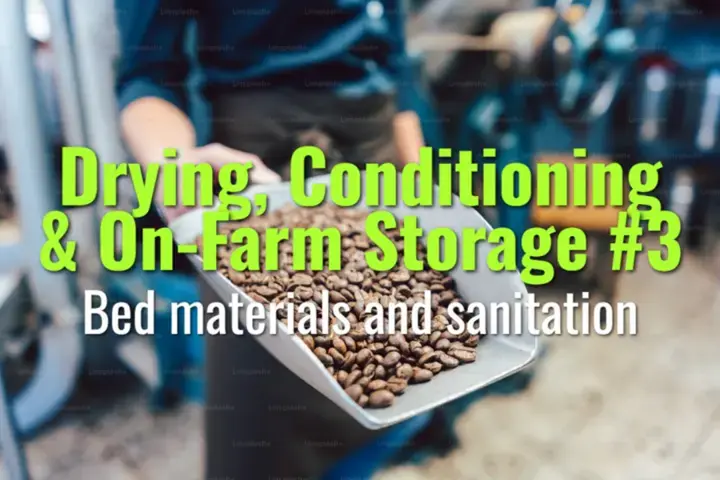
This topic explains the types of bed materials used in coffee drying, their advantages and disadvantages, and why sanitation is essential for preventing defects and ensuring quality.

This topic explains how color standards and visual cues are used to identify honey process types (white, yellow, red, black), how they develop during drying, and why they matter for consistency and quality assurance.
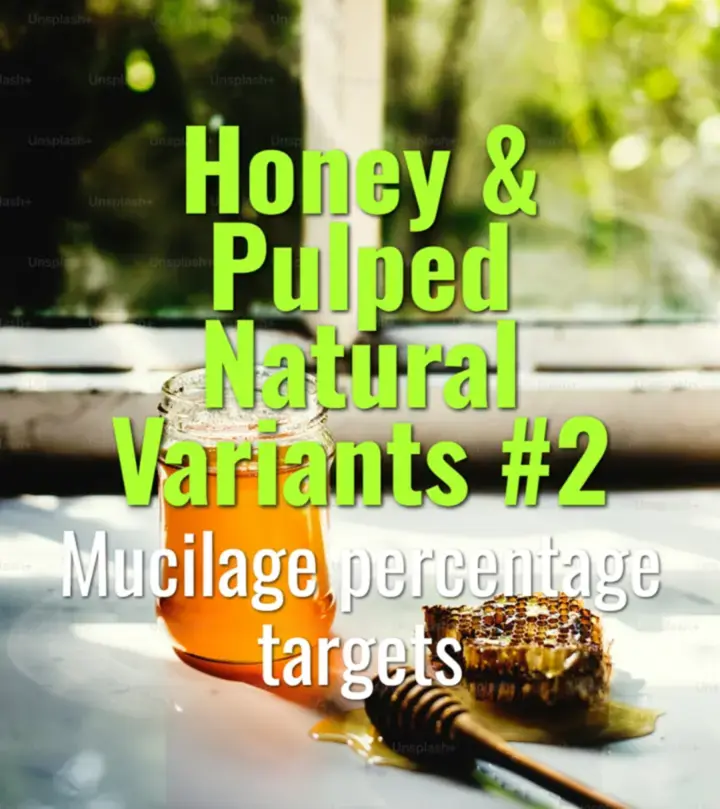
This topic explains how mucilage percentage targets define honey and pulped natural processes, the methods used to control them, and how different levels affect flavor and risk during drying.
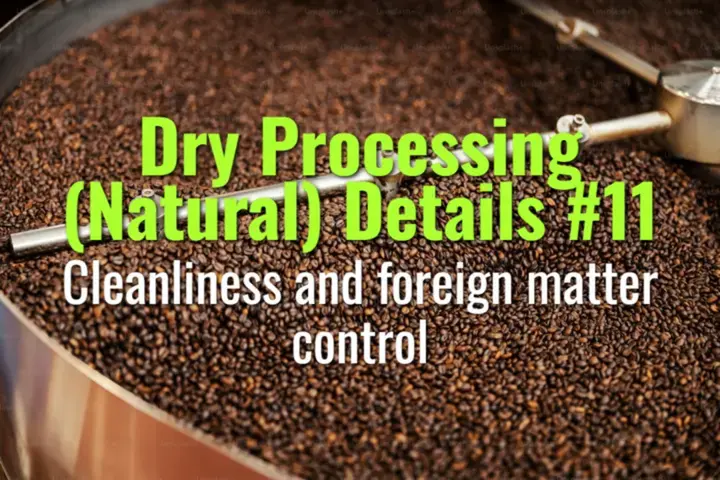
This topic explains why cleanliness and foreign matter control are critical in natural (dry) coffee processing, the common contaminants that occur, and how producers prevent them to protect quality and safety.
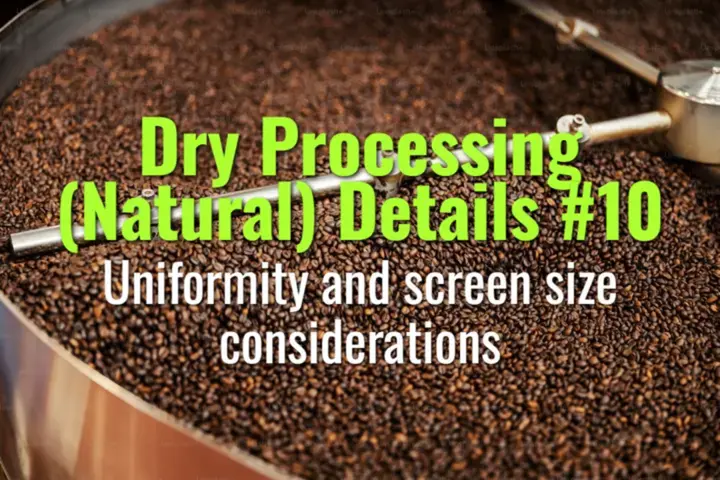
This topic explains why uniformity and screen size are important in natural (dry) coffee processing, how they are managed, and their influence on cup quality and market grading.